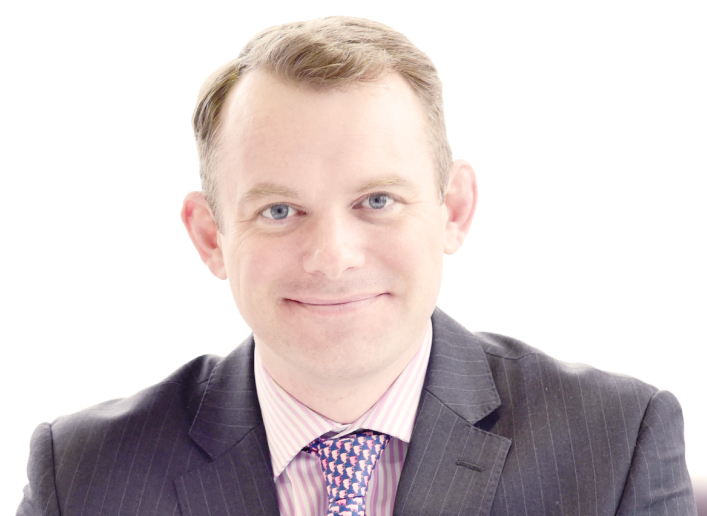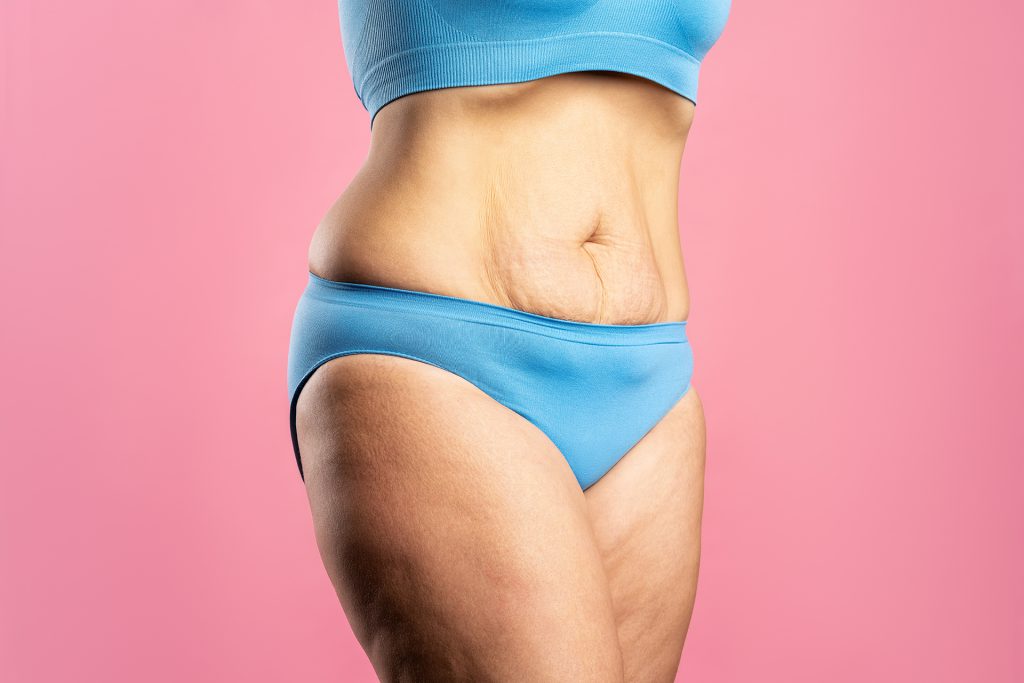Following significant weight loss, the excess skin that remains often hangs in folds. This is uncomfortable and interferes with normal function. The areas affected are similar in most patients:
1. Abdomen
2. Breasts
3. Inner thigh
4. Inner arm
5. Back folds
6. Buttocks
The correction of the excess skin often involves staged procedures, usually several months apart. Two or more operations are sometimes needed to optimise body shape. The procedures remove excess skin, scars, stretch marks and fat. The procedures also lift and tighten loose tissues restoring a more normal body shape. The different procedures are tailored to the individual’s problems. It is important to have a stable weight and be feeling well before undergoing any surgery.
Most patients wish to have the excess abdominal tissue removed first. After massive weight loss, patients may require a circumferential lift, which involves removal of tissue from all around the lower trunk. This removes the overhanging belly, lifts the mons, and lifts the anterior/lateral thighs and buttocks.
Subsequent operations involve lifting and filling empty breasts, arm and thigh lifts, and adjunctive liposuction. A reverse abdominoplasty may be needed if the tissue laxity around the trunk is severe after weight loss.
When people lose a lot of weight, surgery cannot address everything. Prioritising the areas of most concern is important. Following massive weight loss, an improvement is expected from recontouring surgery, but a magical new body is not possible.
Patients planning future pregnancies should ideally wait until completion of their family before undergoing abdominal contouring surgery. The belt lipectomy (or other suitable lower trunk procedure) can usually be combined with other site surgery depending on patient fitness.
 Book a Consultation
Book a Consultation




